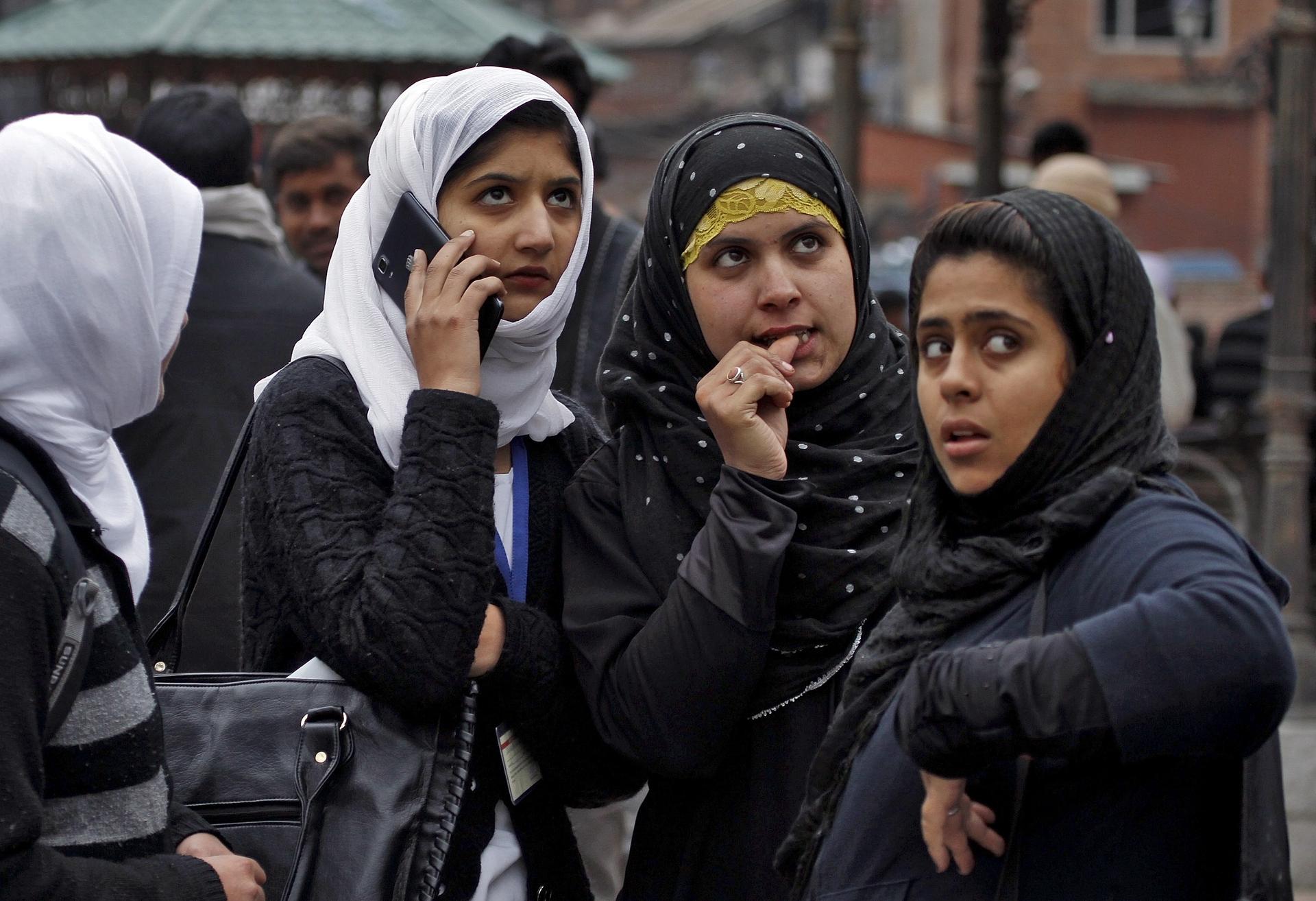How the US distributes $1.3 billion in aid for women around the world
Kashmiri girls stand on a roadside in northeastern Afghanistan.
Both Presidents George W. Bush and Barack Obama talked about the importance of advancing gender equality and women's empowerment in developing countries. "It is not simply the right thing to do. It is the smart thing to do," the State Department said in its 2017 budget request.
The State Department asked Congress in February to approve $1.34 billion in foreign aid to support gender equality and address gender-based violence. Investments in women — their rights, benefits and representation — could lead to greater economic growth and increased peace and security, the department said. (The FY17 budget is still awaiting approval after delays in Congress.)
And while the amount is less than 3 percent of the $50.1 billion budget State shares with the US Agency for International Development, it's still significant for many developing countries where the dollars go.
But how exactly will the money get spent? We reviewed the details of the proposed budget to break it down.
Almost 20 percent of the aid, $253 million, is allocated to Afghanistan. That's a huge amount — higher than the aid allocated for all countries in Europe, Central and South America combined.
Of the total for Afghanistan, $40 million comes from Let Girls Learn, an initiative launched by First Lady Michelle Obama in March 2015 that helps adolescent girls in the developing world get a quality education.
Iraq, another country invaded by the US, receives only $5 million in aid to support gender equality.
But nearly half (43 percent) of the aid is budgeted for Africa, where protections for women are weakest. South and Central Asia, which includes Afghanistan, account for 27 percent of US aid for gender equality.
The aid is much smaller for the US's closest neighbors in Central America and the Caribbean. This region was grouped by the State Department into a bigger region that includes South America.
The Western Hemisphere receives $122 million. The major recipients are Haiti, Peru, Colombia, Honduras and El Salvador.
A more accurate way to analyze the aid figures is to look at the amount of aid per woman in each country — that way we account for population differences. Afghanistan still comes out on top by this measure, but after that the list reorders.
We were surprised to find Lebanon and Bosnia and Herzegovina near the top, as these two countries are better-off in terms of gender equality and development. They were categorized as countries with high human development by the United Nations Development Program and placed in the first half of the Gender Inequality Index ranking.
The gender equality budget is further divided into categories.
The primary category includes activities where gender equality and women's empowerment is the main goal.
The category of gender-based violence includes activities aimed at preventing and addressing physical, sexual and psychological harm such as deliberate killing of female babies, child sexual abuse, domestic violence, child marriage, honor killings and female genital mutilation.
Another category, Women, Peace and Security, works to increase women’s participation in economic and political processes, such as peace negotiation and security forces.
For the past five years, the request for gender equality funding has made up slightly more than 3 percent of the State Department's total budget, but in the 2017 budget it dropped to 2.67 percent — a reduction of $400 million — greater than the amount that goes to Afghanistan.
